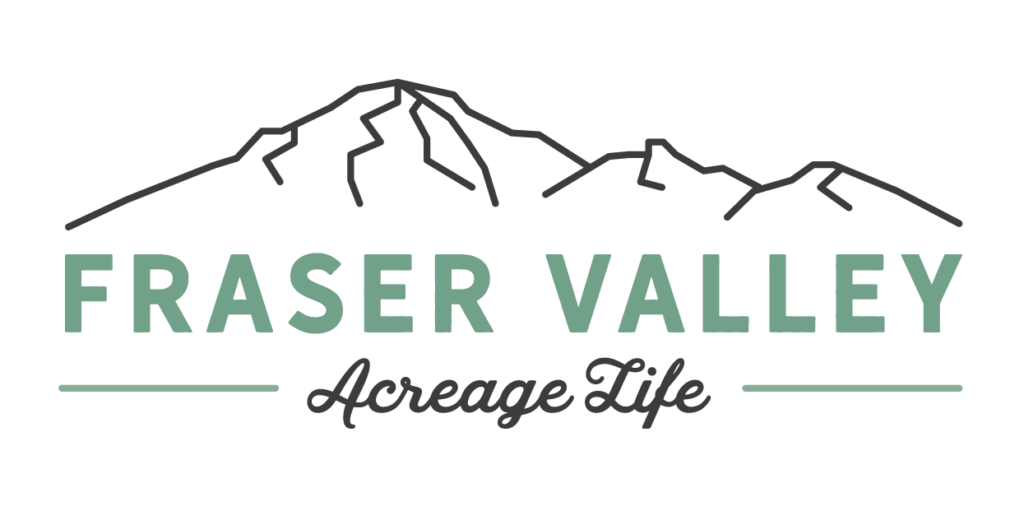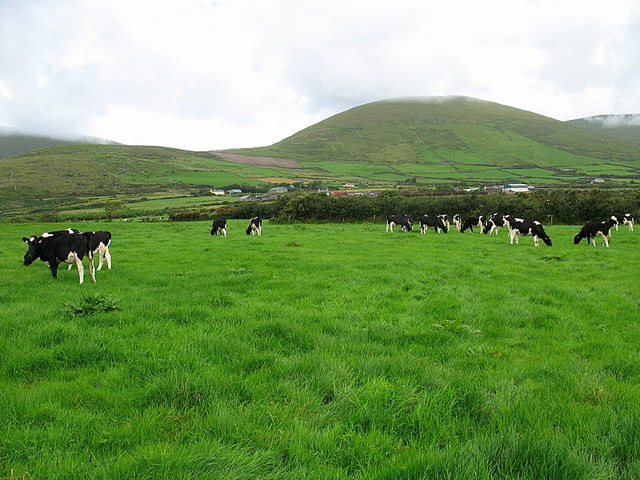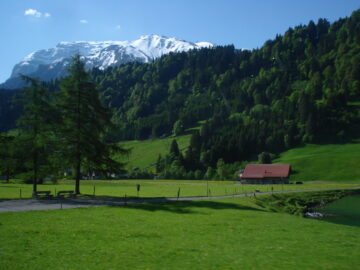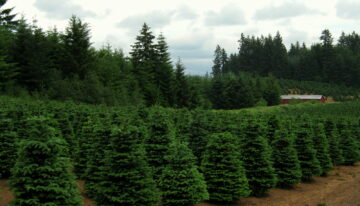Pasture and Grazing Management
Good pastures provide forage for your animals. It also absorbs rainfall and filters runoff, reducing the erosion of soil. This is necessary to protect our streams and rivers. Effective pasture management makes it possible to have lush, green grass, clean water, and healthy animals.
To manage your pastures: conduct a pasture inventory, create a sacrifice area, and implement rotational grazing. Also, practice mowing, harrowing, and proper fertilization.
Pasture Inventory
Take a walk around each of your pastures and conduct an inventory of the types of grass and weeds. Do you have any bare areas that with no grass? Are there areas that have one type of grass that grows taller than the rest? Animals may overgraze some areas and under-use others due to the species present. It is also important that you identify weeds that may be poisonous to your animals.
Locate streams, ditches, or ponds in your pastures. Use fencing to keep your animals away from these areas. Minimize nutrient contamination and protect the habitat for fish and wildlife. Provide a water source for your animals by placing a trough in your pastures.
Create a Sacrifice Area
It is necessary to establish a sacrifice area to put animals while other pastures rest. The reason it’s called a sacrifice area is because a portion of your pasture is “sacrificed” to benefit the remainder of the pasture. Pastures must rest during the wet, winter months. Soil compaction results when animals graze on saturated soils. This will hamper the growth of grass in the spring.
Rotational Grazing
Using rotational grazing will help maximize forage and lower feed costs. Turn your animals out to graze a field when grass reaches six to eight inches. Move them when the grass reaches three to four inches in height.
Mowing and Harrowing
The mowing and harrowing should be done when animals graze down grass to about three inches. Mowing weeds keeps them under control by preventing them from going to seed This reduces the number of weeds later. Sheep and goats, graze some weed species, particularly if the weeds are mowed short. Thus making weeds more palatable. Harrowing (dragging) your pasture after grazing breaks up manure, evenly distributing the nutrients. Breaking apart manure prevents grass from being smothered. Dispersing manure piles helps control parasites and pests, such as flies. When the season begins to cool, reseed or over-seed the areas with bare soil. Don’t graze your animals there again until spring.
Proper Fertilizing
Determine soil type, fertility and nutrient content by submitting a soil sample to a local laboratory. Soil testing helps in selecting the correct type and amount of lime and fertilizer necessary to enhance growing conditions. Monitor pastures when the fall rains begin, to determine if animals need to be removed.
Properly managed pastures conserve water and filter out manure and nutrients, keeping them from entering nearby water bodies. This protects water quality, human and animal health.




